Introduction
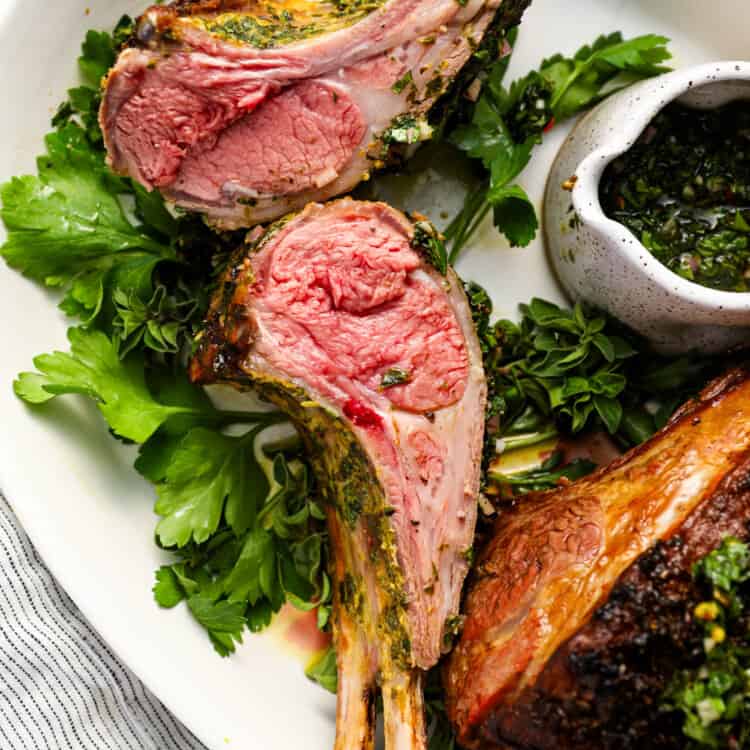
The versatility of lamb in culinary creations is well-known and cherished by food enthusiasts around the world. From succulent roasts to flavorful curries, lamb offers a range of possibilities for creating delicious dishes. However, there has been a longstanding debate surrounding the doneness of lamb, specifically whether it is safe and enjoyable to eat lamb medium rare. This article delves into the nature of lamb, the recommended cooking methods for different cuts, safety considerations, and explores the flavors and textures of medium rare lamb. Additionally, it considers personal preferences and cultural influences when it comes to lamb doneness. Ultimately, it aims to provide insights and guidance for those seeking to indulge in the culinary pleasures of lamb.
The Culinary Popularity Of Lamb And Its Various Cooking Methods
Lamb has long been cherished for its culinary versatility and unique flavor profile. Its popularity spans across different cuisines and cultures, with each region adding its own twist to lamb preparations. From succulent roasts to mouthwatering kebabs, lamb offers a range of cooking methods to showcase its tender and flavorful meat. Whether it’s slow-cooked in stews, grilled to perfection, or marinated in aromatic spices, lamb dishes never fail to impress. The diverse cooking methods allow for a wide variety of flavors and textures, making lamb a favorite choice for chefs and food enthusiasts alike.
The Debate Over Eating Lamb Medium Rare
The debate over eating lamb medium rare has been a topic of discussion among food enthusiasts and health experts. While some argue that lamb should be cooked to a higher internal temperature for safety reasons, others believe that medium rare lamb offers the best flavor and tenderness. The debate stems from concerns about potential bacteria and parasites present in undercooked meat. However, with proper handling, sourcing from trusted suppliers, and following food safety guidelines, enjoying lamb medium rare can be a delicious and safe culinary experience. It ultimately comes down to personal preference and taking necessary precautions.
Understanding Lamb
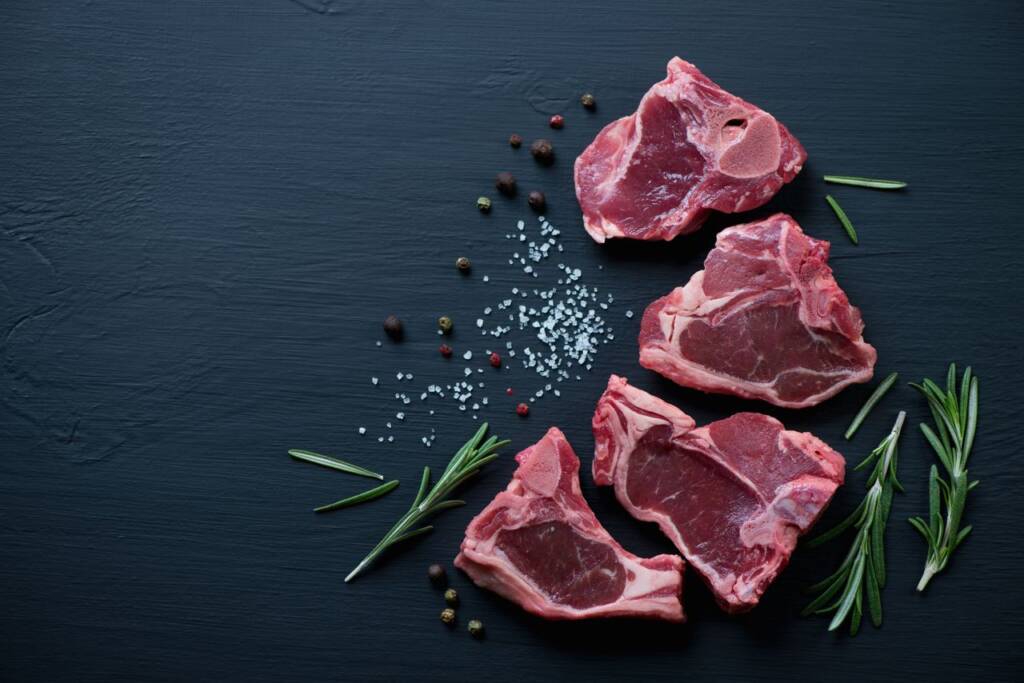
Lamb is a versatile and flavorful meat that is enjoyed by many. Understanding the different cuts of lamb and their tenderness levels is essential when it comes to cooking lamb to perfection. From the tender and delicate loin chops to the more robust leg of lamb, each cut requires a specific cooking method to unlock its full potential. Some cuts, like the rack of lamb, are best suited for medium rare cooking, while others, like the shank, benefit from long, slow cooking methods. By understanding the different cuts and their tenderness levels, you can create delicious and tender lamb dishes that satisfy your culinary desires.
Different Cuts Of Lamb And Their Tenderness Levels
Lamb comes in a variety of cuts, each offering a different level of tenderness. Here are some common cuts of lamb and their tenderness levels:
- Loin chops: Tender and succulent, loin chops are best suited for quick cooking methods like grilling or pan-searing.
- Leg of lamb: The leg is a lean cut that can be tender if cooked properly. It is often roasted or braised to achieve a juicy and flavorful result.
- Rack of lamb: This premium cut is known for its tender and delicate meat. It is typically cooked to medium rare or medium to retain its juiciness and tenderness.
- Shoulder: The shoulder is a tougher cut that benefits from slow cooking methods like braising or roasting. This allows the collagen in the meat to break down, resulting in a tender and flavorful dish.
- Shank: The shank is another tough cut that requires long, slow cooking to become tender. It is often used in stews or braised dishes.
By understanding the tenderness levels of different lamb cuts, you can choose the appropriate cooking method to ensure a delicious and tender result.
Recommended Cooking Methods For Various Cuts Of Lamb
When it comes to cooking lamb, each cut has its own recommended cooking method to bring out the best flavors and textures. Here are some recommended cooking methods for different cuts of lamb:
- Loin chops: Loin chops are tender and succulent, making them ideal for quick cooking methods like grilling or pan-searing. They cook relatively fast and can be enjoyed medium rare for maximum juiciness.
- Leg of lamb: The lean leg of lamb is best cooked by roasting or braising. Roasting at a moderate temperature allows the meat to cook evenly and develop a flavorful crust, while braising in liquid helps to keep the meat moist and tender.
- Rack of lamb: Rack of lamb is a premium cut known for its tenderness. It can be cooked using various methods such as roasting, grilling, or even pan-searing. To fully appreciate its delicate flavor, it is recommended to cook the rack of lamb to medium rare or medium.
- Shoulder: The shoulder is a tougher cut that benefits from slow cooking methods like braising or roasting. This allows the collagen in the meat to break down, resulting in a tender and flavorful dish. It can also be used in stews or curries for a rich and delicious meal.
- Shank: The shank is another tough cut that requires long, slow cooking to become tender. It is often used in stews or braised dishes where the low and slow cooking method helps to melt the collagen and create a rich, flavorful sauce.
By using the appropriate cooking methods for each cut of lamb, you can ensure that your lamb is cooked to perfection, tender, and bursting with flavor.
Safety Considerations
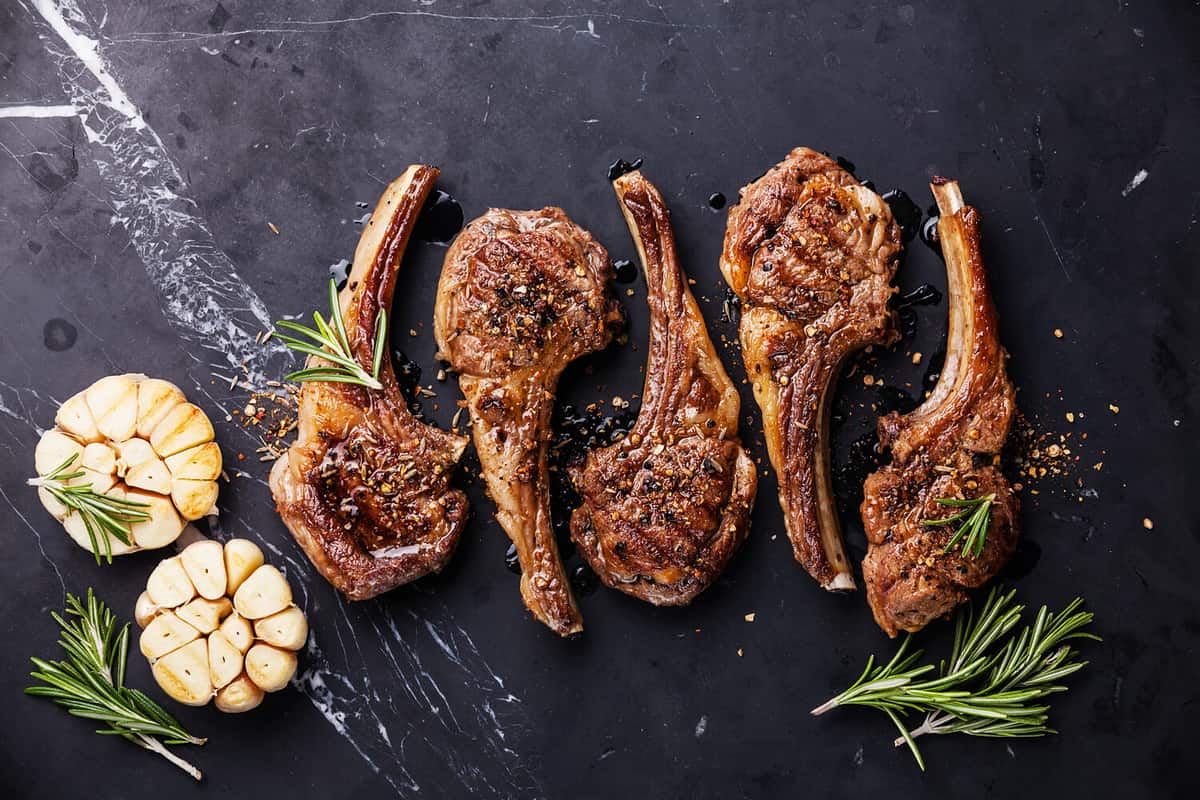
When it comes to eating lamb medium rare, there are some safety considerations to keep in mind. It is important to handle and cook lamb properly to reduce the risk of foodborne illnesses. Here are some tips to ensure safe consumption:
- Buy lamb from reputable sources: Choose lamb from trusted suppliers to minimize the risk of contamination.
- Use proper food handling techniques: Practice good hygiene by washing hands and utensils thoroughly before and after handling raw lamb.
- Cook lamb to the recommended temperature: It is essential to cook lamb to an internal temperature of 145°F (63°C) for medium rare. This helps to eliminate any potential bacteria.
- Rest the lamb: After cooking, allow the lamb to rest for a few minutes before slicing. This allows the heat to distribute evenly and kills any remaining bacteria.
By following these safety considerations, you can confidently enjoy lamb medium rare while minimizing the risks associated with undercooked meat.
Potential Risks Associated With Eating Lamb Medium Rare
Eating lamb medium rare poses potential risks due to bacterial contamination. Lamb, like other meats, may contain harmful bacteria such as Salmonella, E. coli, or Campylobacter. These bacteria can cause foodborne illnesses, resulting in symptoms like nausea, vomiting, diarrhea, and in severe cases, dehydration and organ damage. Cooking lamb to the recommended internal temperature of 145°F (63°C) helps eliminate these bacteria and reduce the risk of infection. Practice proper food safety measures, such as handling lamb with clean utensils and washing hands thoroughly, to minimize the potential risks associated with eating lamb medium rare.
Tips For Ensuring Safe Consumption Of Lamb
Here are some tips to ensure safe consumption of lamb:
- Buy from a reputable source: Purchase lamb from a trusted supplier to minimize the risk of contamination.
- Check for freshness: Look for lamb with a fresh smell, firm texture, and no signs of discoloration.
- Proper storage: Store lamb in the refrigerator below 40°F (4°C) to prevent bacterial growth. Use it within a few days or freeze it for longer storage.
- Thaw safely: Thaw frozen lamb in the refrigerator or use the defrost function on your microwave to avoid any bacterial growth.
- Clean preparation: Wash your hands, utensils, and surfaces thoroughly before and after handling raw lamb.
- Cook thoroughly: Cook lamb to the recommended internal temperature of 145°F (63°C) to kill any harmful bacteria.
- Avoid cross-contamination: Keep raw lamb separate from other foods to prevent the spread of bacteria.
By following these tips, you can enjoy lamb while minimizing the risk of foodborne illnesses.
Lamb’s Culinary Versatility
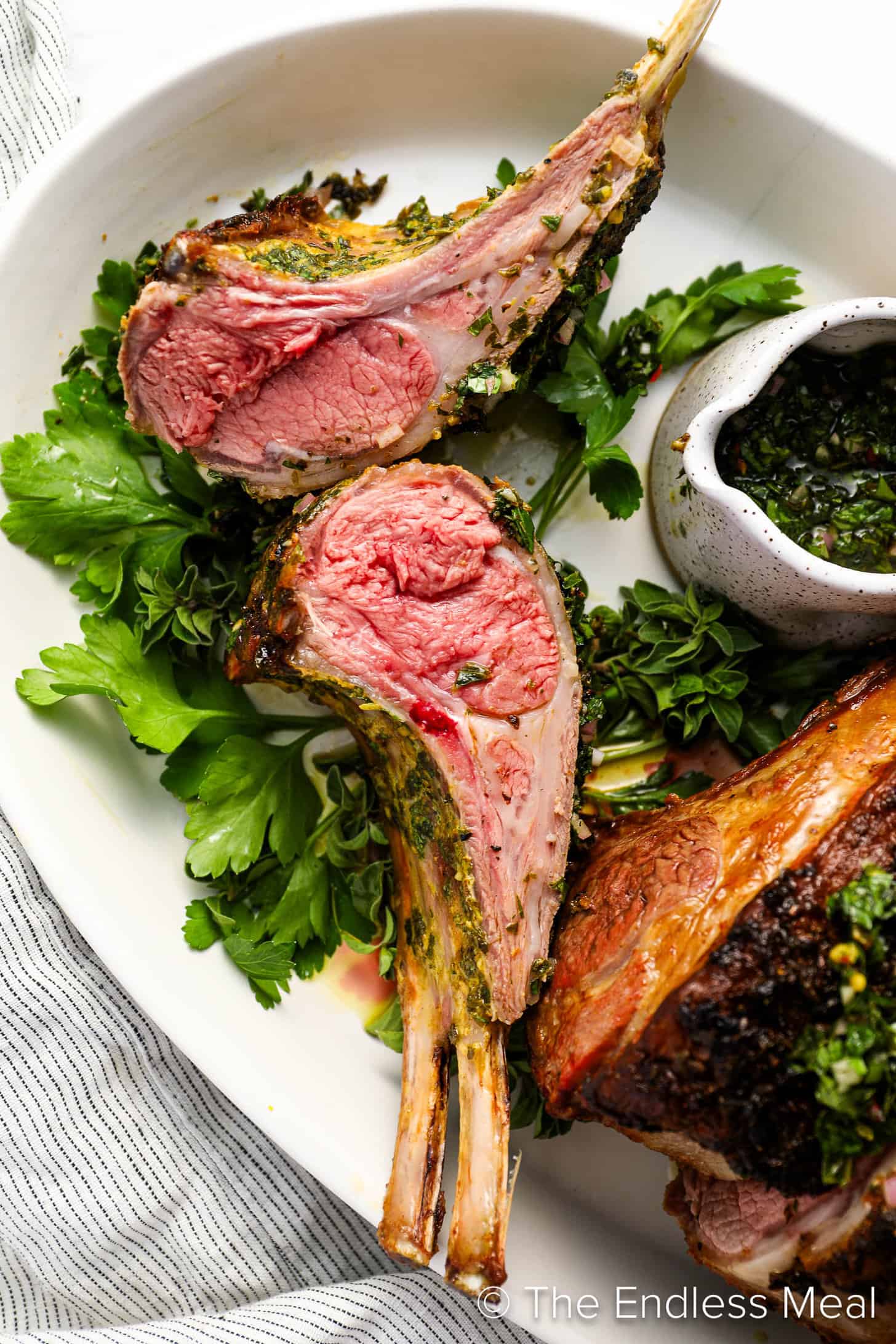
Lamb’s culinary versatility makes it a beloved ingredient in many cuisines around the world. When cooked medium rare, lamb exhibits a tender texture and a delicate flavor that pairs well with a variety of seasonings and accompaniments. Whether it’s grilled chops, slow-roasted leg of lamb, or hearty stews, the medium rare cooking technique enhances the natural flavors of the meat and allows for a range of creative possibilities in the kitchen. From traditional dishes to modern interpretations, medium rare lamb adds a touch of sophistication and richness to any culinary creation.
Exploring The Flavors And Textures Of Medium Rare Lamb
Medium rare lamb offers a unique dining experience with its exquisite flavors and tender texture. When cooked to perfection, the lamb retains its juiciness while showcasing a delicate and melt-in-your-mouth texture. The pink center of a medium rare lamb cut adds to the visual appeal and enhances the overall dining experience. The meat boasts a rich, savory taste with subtle hints of sweetness that are complemented by various seasonings and spices. Whether it’s grilled, roasted, or braised, medium rare lamb elevates dishes to astounding levels of deliciousness, making it a favorite choice for those seeking culinary excellence.
Traditional And Modern Dishes Featuring Medium Rare Lamb
Traditional and modern culinary creations showcase the versatility of medium rare lamb. Traditional dishes such as lamb chops, rack of lamb, and lamb kebabs highlight the tenderness and flavors of the meat when cooked to perfection. Modern dishes explore innovative flavor profiles with dishes like lamb sliders, lamb tacos, and lamb sushi rolls. The pink and succulent center of medium rare lamb adds a delightful texture and enhances the overall dining experience. Whether it’s a classic recipe or a contemporary twist, medium rare lamb shines as a star ingredient in a wide range of dishes.
Personal Preferences And Cultural Influences
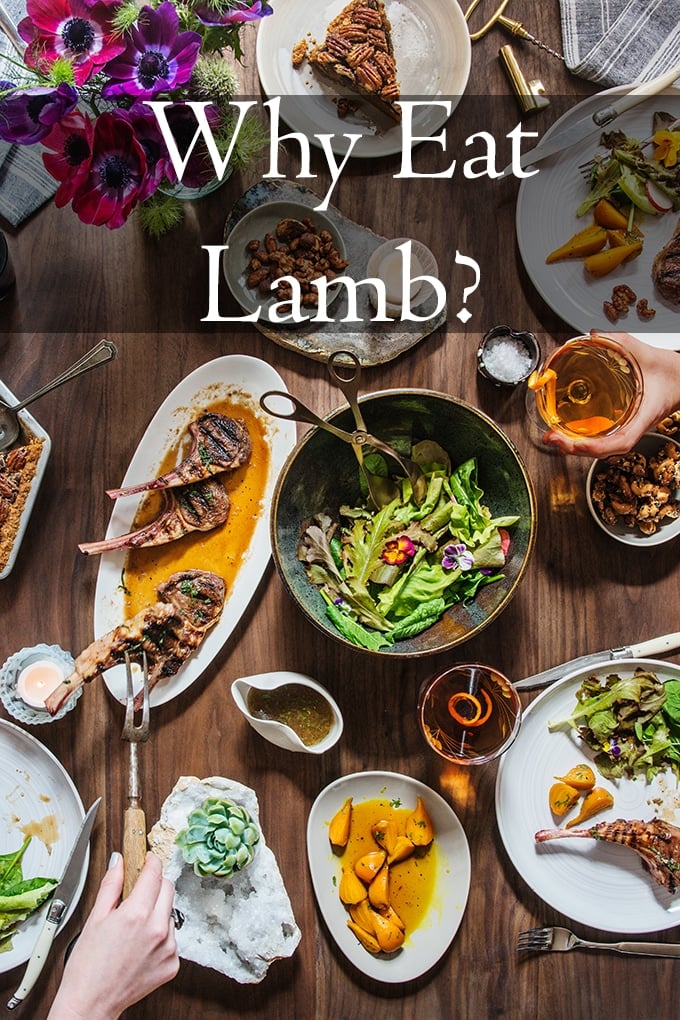
Personal preferences and cultural influences play a significant role in determining how individuals enjoy their lamb. Some people may have a preference for well-done lamb, while others savor the tenderness of medium rare meat. Cultural cuisines also have a strong influence on lamb-cooking techniques and preferences. For example, in Mediterranean cuisine, lamb is often cooked to medium rare or medium to retain its juiciness and flavor. On the other hand, some cultures may prefer lamb to be cooked well-done for safety reasons. Ultimately, personal tastes and cultural backgrounds shape how people choose to enjoy their lamb.
Factors That Influence Preferences For Lamb Doneness
Individuals’ preferences for lamb doneness are influenced by a variety of factors. Firstly, personal taste plays a significant role, as some individuals prefer the tenderness and juiciness of medium-rare lamb, while others enjoy well-done lamb for its firmer texture. Cultural backgrounds also shape preferences, as certain cuisines traditionally prepare lamb to specific doneness levels. Additionally, culinary trends and cooking techniques, such as sous vide, can influence preferences by providing new ways to achieve desired levels of doneness. Ultimately, individual preferences and cultural influences contribute to the diverse range of ways in which people enjoy their lamb.
Cultural Cuisines And Their Traditional Lamb-cooking Techniques
Cultural cuisines around the world have their own unique and traditional lamb-cooking techniques, showcasing the versatility of this meat. In Greek cuisine, slow-roasting whole lambs on a spit is a prominent method, resulting in tender and flavorful meat. Moroccan cuisine embraces the tagine, a traditional cooking vessel, to prepare lamb dishes infused with aromatic spices and dried fruits. Indian cuisine features rich and aromatic curries, where lamb is marinated and cooked slowly with a blend of spices. In Middle Eastern cuisine, lamb kebabs and shawarma are popular, showcasing the use of skewers and open-fire grilling techniques. Each cuisine brings its own distinct flavors and techniques to enhance the taste of lamb.
Conclusion
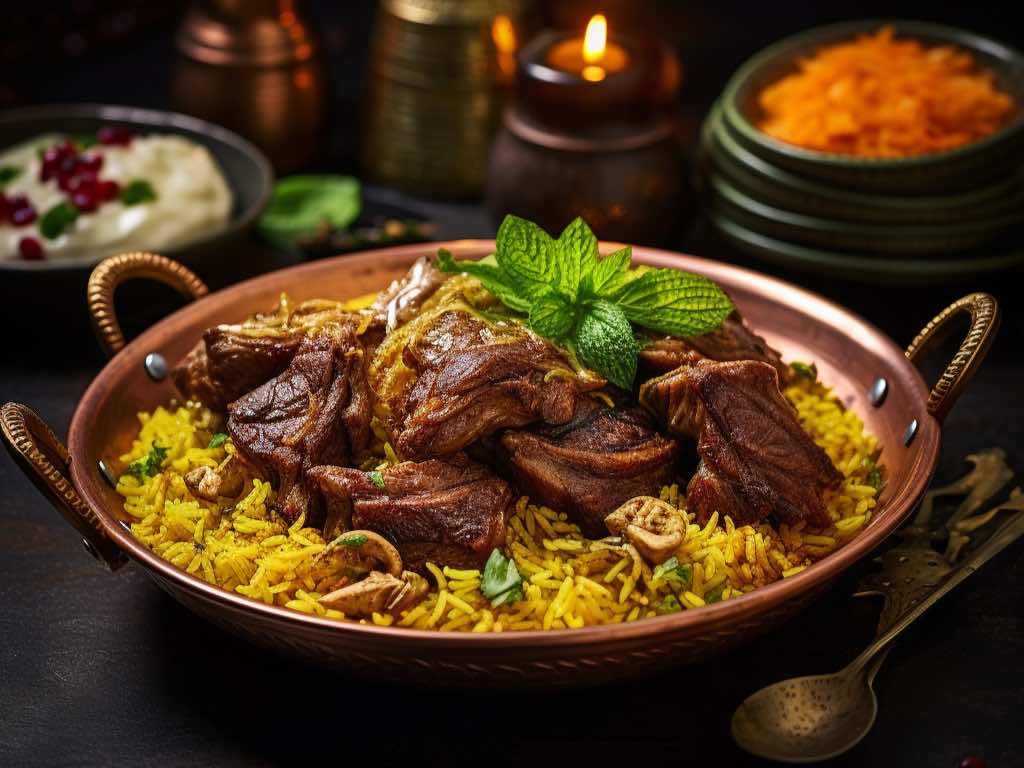
In conclusion, it is safe and enjoyable to eat lamb medium rare. While there are potential risks associated with undercooked meat, properly cooked lamb can be a delicious and versatile culinary experience. By following recommended cooking guidelines and ensuring the meat reaches a safe internal temperature, lamb can be enjoyed with its tender texture and rich flavors. Cultural cuisines around the world showcase the diverse ways in which lamb can be prepared, allowing for a wide range of culinary exploration. So go ahead and savor the unique taste of medium rare lamb in traditional and modern dishes.
The Culinary Freedom To Enjoy Lamb Medium Rare
The culinary freedom to enjoy lamb medium rare allows individuals to savor the unique flavors and textures of this tender meat. While there are potential risks associated with undercooked meat, properly cooked lamb can be a delightful culinary experience. Whether it’s a succulent lamb chop or a juicy leg of lamb, cooking it to a medium-rare doneness brings out the richness and juiciness of the meat. From traditional dishes like lamb kofta to modern recipes like lamb burgers, medium rare lamb adds a delectable touch to a variety of cuisines. So go ahead and explore the culinary versatility of lamb, and enjoy the freedom to indulge in medium rare preparations.
Delicious Lamb Recipes And Serving Suggestions
Looking to add some delicious lamb dishes to your culinary repertoire? Try these mouthwatering recipes and serving suggestions that highlight the flavors of lamb:
- Herb-crusted rack of lamb: Coat the lamb rack with a blend of fresh herbs, breadcrumbs, and olive oil. Roast it to perfection for a tender and flavorful main course.
- Grilled lamb chops: Season the lamb chops with a marinade of garlic, lemon juice, and rosemary. Grill them over medium heat for a juicy and charred exterior.
- Lamb kebabs: Skewer cubes of marinated lamb with colorful vegetables and grill them for a tasty and satisfying meal.
- Slow-cooked lamb stew: Simmer lamb shoulder with hearty vegetables and aromatic spices for a comforting and flavorful stew.
Serve these delectable lamb dishes with sides like roasted potatoes, grilled vegetables, or a refreshing mint yogurt sauce. Bon appétit!
FAQ: Can You Eat Lamb Medium Rare?
Q1: Is it safe to eat lamb cooked medium rare?
Yes, it is safe to eat lamb cooked medium rare as long as certain precautions are followed. Lamb is known to be naturally tender and flavorful, making it a popular choice for those who prefer their meat cooked less. However, proper cooking techniques should be employed to minimize the risk of foodborne illnesses.
Q2: What temperature should the internal temperature of lamb reach for medium rare?
For lamb to be cooked to medium-rare, the internal temperature should reach around 145°F (63°C). Using a meat thermometer is recommended to ensure accurate and safe cooking temperatures.
Q3: What are the benefits of cooking lamb medium rare?
Cooking lamb medium rare can offer a few benefits. Firstly, it allows the meat to retain its tenderness and moisture, resulting in a succulent and flavorful dining experience. Additionally, consuming lamb medium rare is said to preserve more nutrients and vitamins compared to well-done preparations.
Q4: What factors should be considered before eating lamb medium rare?
It is crucial to consider the following factors before consuming lamb cooked medium rare:
- Quality: Choosing high-quality lamb from trusted sources is essential to minimize health risks associated with undercooked meat.
- Freshness: Ensure the lamb is fresh and properly stored before cooking, as this can affect its safety and taste.
- Handling and hygiene: Practice good food hygiene by properly cleaning and sanitizing utensils and surfaces used to handle raw lamb to prevent cross-contamination.
Q5: Are there any risks associated with eating lamb medium rare?
While it is generally safe to eat lamb medium rare, there are potential risks. Lamb, like any other meat, can harbor bacteria such as Salmonella and E. coli. To minimize these risks, it is important to source high-quality lamb, handle it properly, and cook it to the recommended internal temperature. This will help ensure the meat is both safe and delicious.
Q6: How can I ensure the lamb is safe to eat when cooked medium rare?
To ensure the lamb is safe to eat when cooked medium rare:
- Use a meat thermometer: Make sure to insert the thermometer into the thickest part of the meat to check its internal temperature reaches 145°F (63°C).
- Let it rest: Allow the lamb to rest for a few minutes after cooking. This helps the meat retain its juiciness, while residual heat continues to cook the meat slightly.
- Source reputable lamb: Purchase lamb from trusted sources to reduce the risk of consuming contaminated meat.
- Practice good hygiene: Wash your hands thoroughly after handling raw meat and ensure that all utensils and surfaces are properly cleaned and sanitized.
Conclusion:
Eating lamb cooked medium rare can be safe and enjoyable if proper precautions are taken. It is important to choose high-quality lamb, handle it safely, and cook it to the appropriate internal temperature. By following these guidelines, you can savor the tenderness and flavor of medium-rare lamb without compromising your well-being.
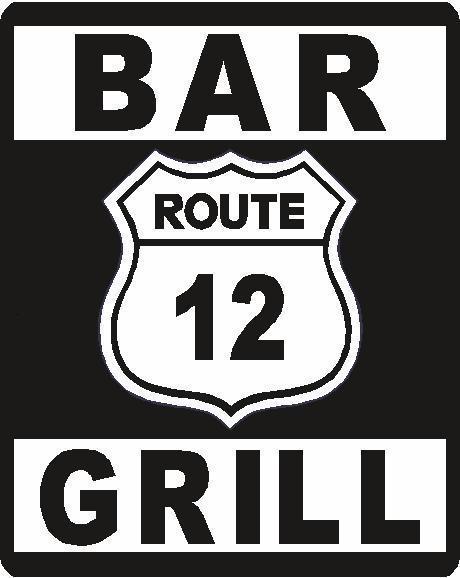
Come for The Burgers… Stay for The Beers!